Most Misleading Animal Names
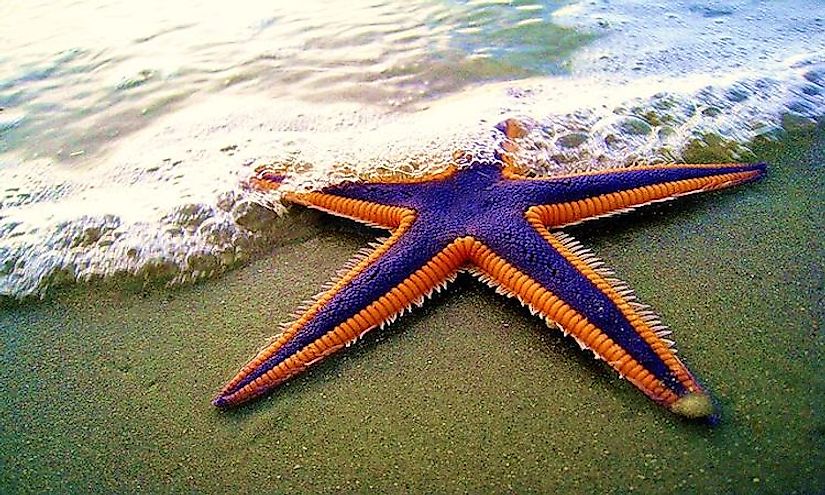
Some animals have names that tend to give us a completely wrong picture. For example, for those who do not know, a flying fox would mean a fox that flies or a prairie dog would paint a picture of a dog that wanders in the prairies. However, these animal names do not represent the true nature of the animal. A flying fox is actually a bat and a prairie dog is a rodent. Here, we present such animals with misleading names.
11. Flying Lemur -
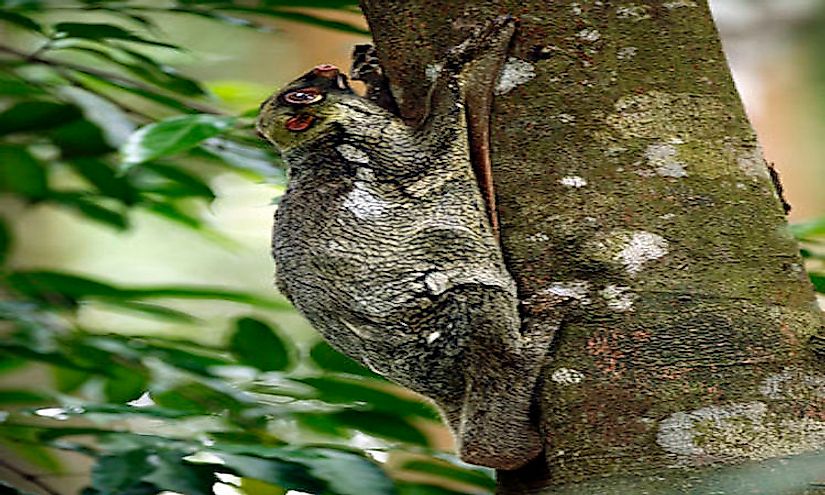
Flying lemurs are neither lemurs nor do they fly. These animals are gliding mammals found in Southeast Asia. The word “flying” has been used since these creatures resemble flying squirrels in their arboreal climbing and gliding habit and webbed claws and feet. The nocturnal habit of the flying lemurs and the form of their head reminds one of the lemurs of Madagascar, hence the word “lemur” in their name.
10. Bearcat -
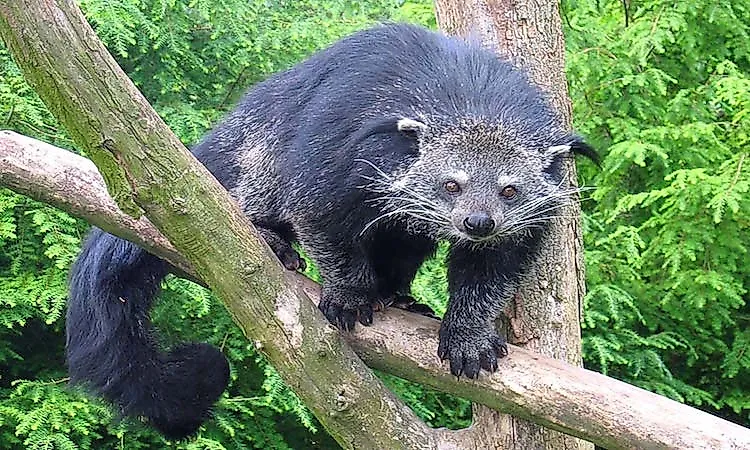
The bearcat, also known as the binturong, is a viverrid that lives in South and Southeast Asia. The bearcat is neither closely related to a bear nor to a cat but is related to the Asian palm civets. The binturong is classified as vulnerable by IUCN due to its declining population.
9. Guinea Pig -
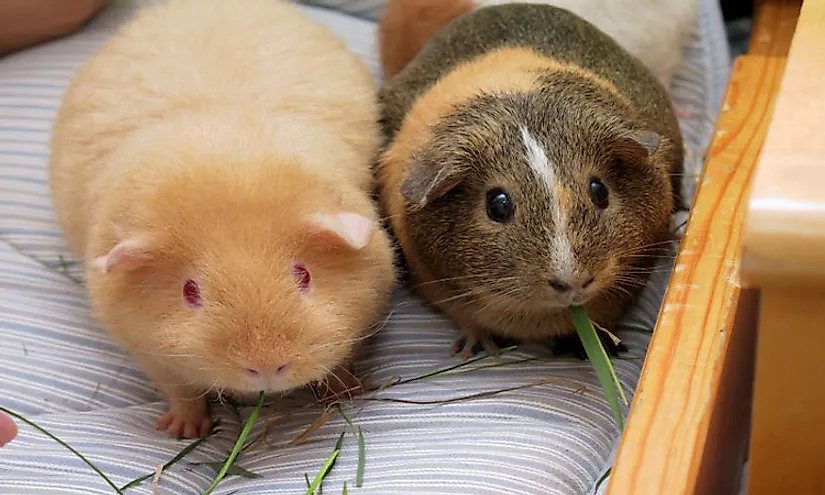
The guinea pig is a rodent that despite its common name is in no way related to the pig family Suidae. The guinea pig belongs to the family Caviidae and is widely used as a pet, in medical research, and also for consumption.
8. Red Panda -
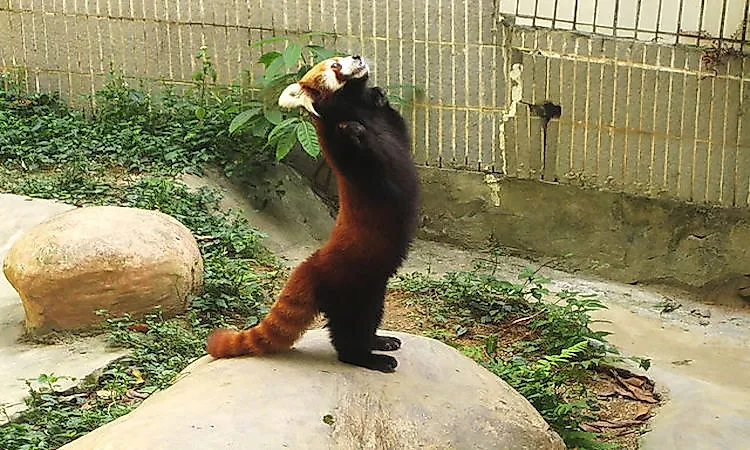
Though its name makes it appear that the red panda is closely related to the giant panda, the reality is not so. The red panda is native to southwestern China and the Himalayan region. It has a reddish-brown fur and a long, shaggy tail. The animal is slightly bigger than a domestic cat, is arboreal and omnivorous by nature. These wrongly named animals are classified as endangered by the IUCN due to their low numbers and constricted distribution.
7. King Cobra -
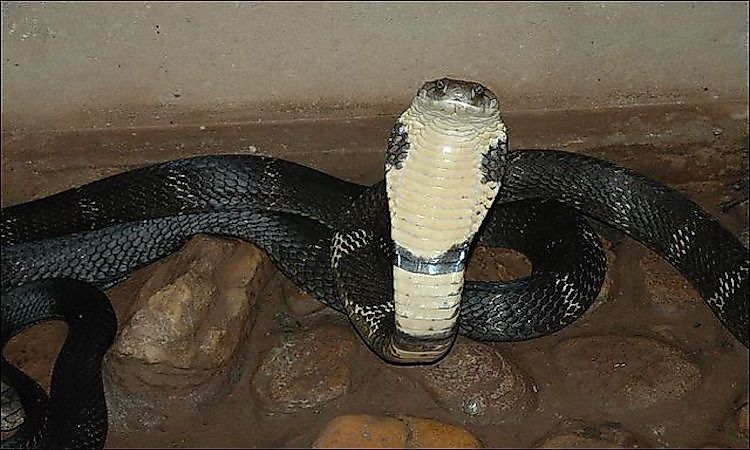
King Cobra though bearing the tag cobra in its name, is not a true cobra, meaning it is not a member of the Naja genus to which all cobras belong. It is the lone species of the genus Ophiophagus. King cobras are mainly found in forests of India and Southeast Asia. These snakes are quite long in size (18.5 to 18.8 ft), and highly venomous in nature.
6. Prairie Dog -
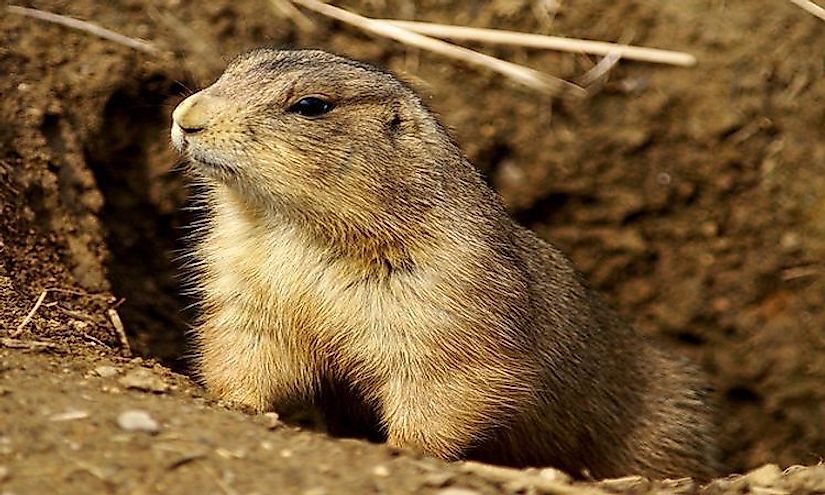
An animal with a grossly misleading name, a prairie dog is not a dog but a rodent that is named so for its warning call that sounds like the bark of a dog. Prairie dogs are herbivorous by nature and inhabit the North American grasslands.
5. Killer Whale -
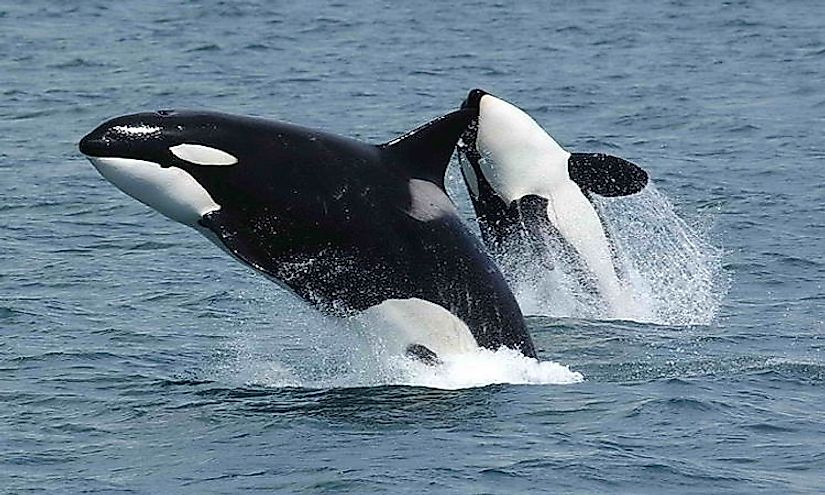
Not a true whale but a sea creature belonging to the oceanic dolphin family, the killer whale is also known as an orca. The first part of the name is, however, quite applicable to these marine animals since they are apex predators in the marine ecosystem. They also have a wide prey base. However, labeling these animals as mere killing machines is not right since killer whales are highly social creatures and are also known for their intelligent social behavior.
4. Koala Bear -
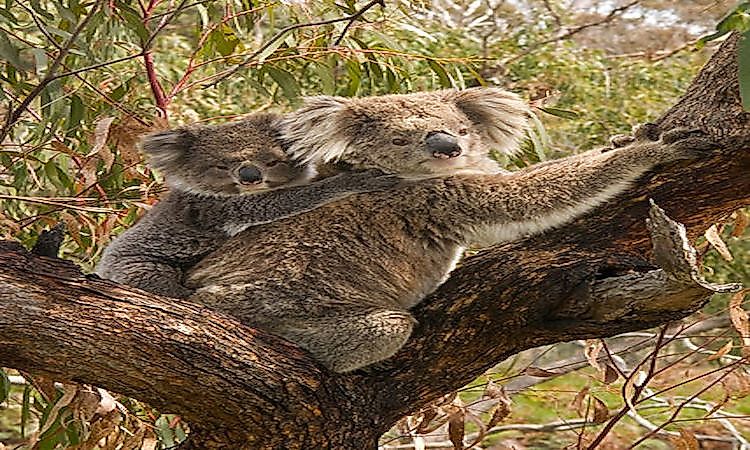
The koala bear is also one of the animals with the most misleading names ever. It is not related to bears in any way but is actually a marsupial that is native to Australia. Koala bears are arboreal and herbivorous by nature.
3. Flying Fox -
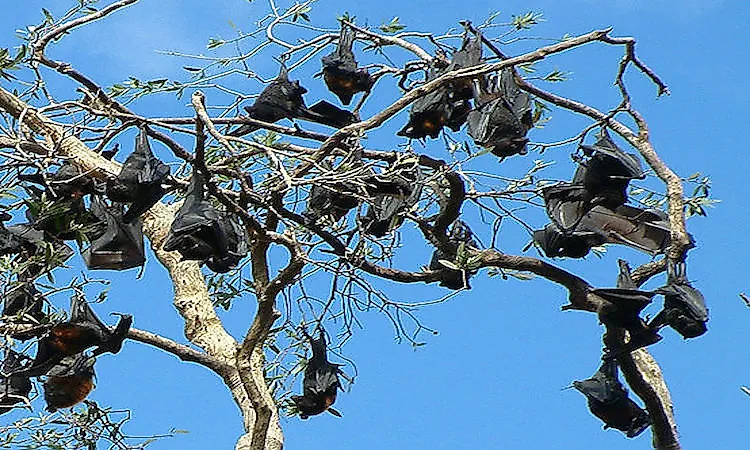
Flying foxes would have been a great sight to see, but no fox possesses flying abilities. However, the flying fox is actually the common name for bats of the genus Pteropus that inhabit the tropics and sub-tropics of the world.
2. Starfish -
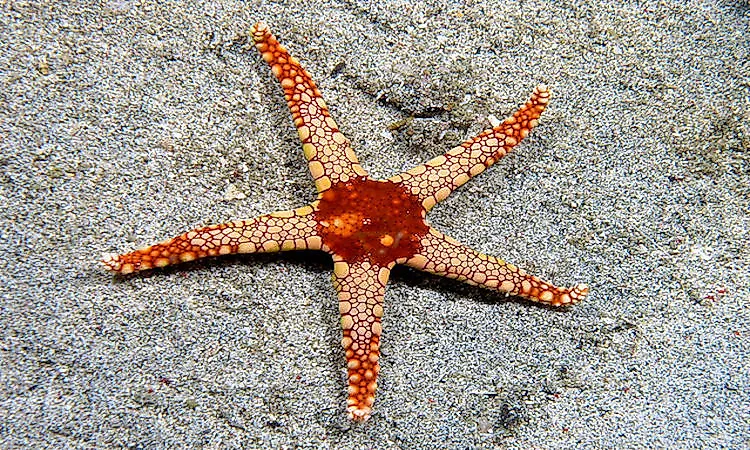
Starfish are actually not fish but marine invertebrates. These creatures are star-shaped echinoderms which occur in the seabed of all oceans of the world and at different depths of the ocean. Typically, starfish have a central disc and five arms radiating from the center.
1. Seahorse -
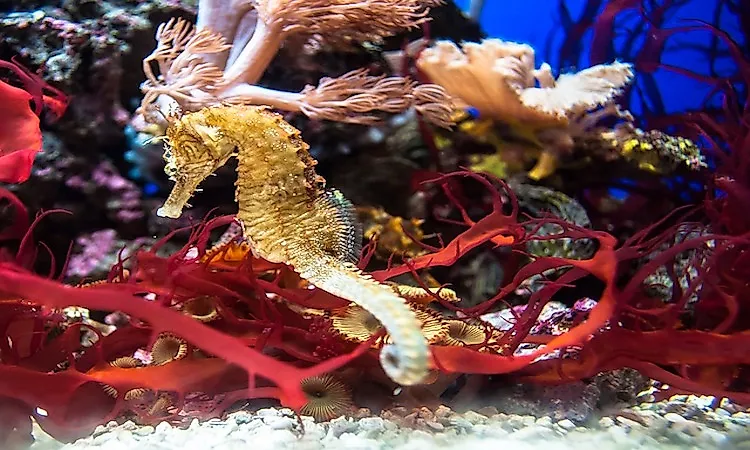
One of the most misleading names in the animal world, the seahorse is the common name referring to any of the 54 species of marine fishes belonging to the genus Hippocampus. Seahorses have a head and neck suggestive of a horse, hence the name. These sea creatures also possess a curled prehensile tail, a segmented bony armor, and an upright posture.











